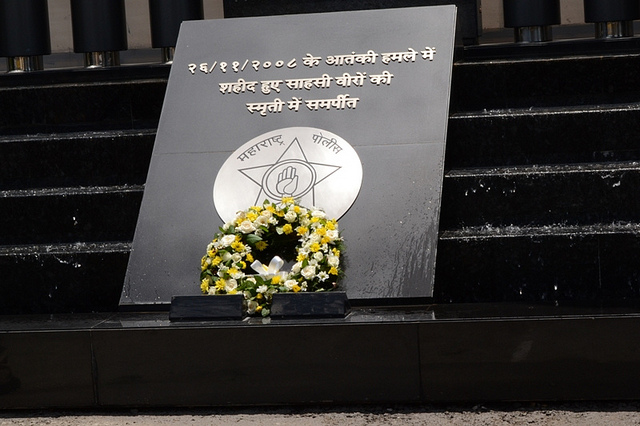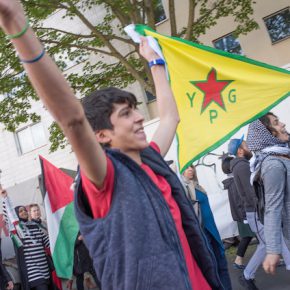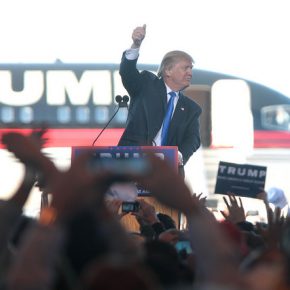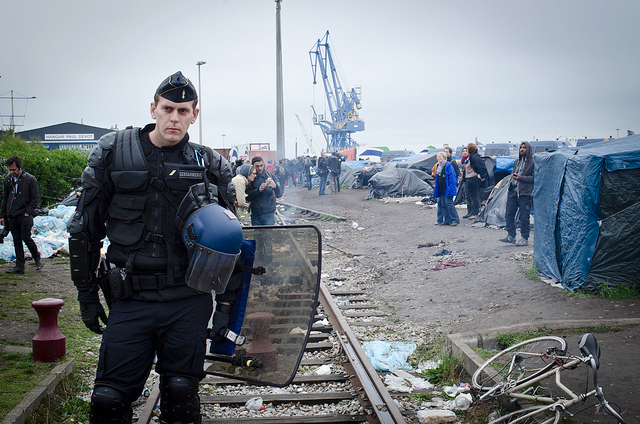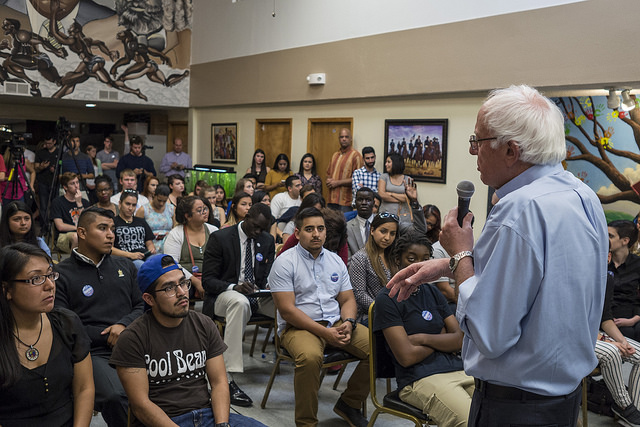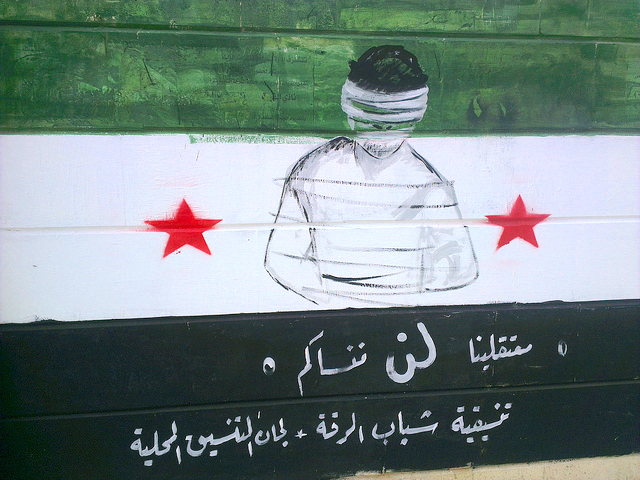Ten Pakistanis carried out a new form of terrorism when they landed on the shores of Mumbai in a rubber raft on November 26, 2008, armed with automatic weapons, makeshift explosives, and satellite phones. Or so the story goes. In ensuing months, counter-terrorism experts from all over the world expressed fear that a “Mumbai-style attack” would soon occur in their cities.
The Mumbai attacks, known locally as 26/11, were not the first, or even deadliest attacks that Mumbai has experienced. That honour goes to the July 2006 bombings of commuter trains, which killed over 200 people. 26/11 received a great deal of analytical attention because it seemed to mark a significant departure from how terrorism was done up to that point. It shares this quality with the ISIS attacks on Paris, last November; after Mumbai, police and intelligence agencies were pressed to “learn lessons” from what seemed to be a shocking new form of violence.
For nearly three days, a small group of highly trained and lightly armed fighters engaged in mobile terrorism against multiple targets in Mumbai. The insurgents were trained for years by rogue specialists from Pakistani Inter-Services Intelligence, working through Lashkar-e-Tayyiba. After landing, the fighters worked quickly, and in less than a few hours, had brought India’s entertainment and commercial centre to a standstill.
During the violence, media outlets worldwide were mesmerised by how the guerrillas were able to injure and kill hundreds of people, in simultaneous attacks on hotels, taxis, cafés, and a major railway station, using diverse tactics such as mass shootings, arson, bombings, car and boat hijackings, and hostage situations. Photos and video of the Taj Mahal Hotel in flames were particularly significant, and visually defined the attacks.
26/11 happened in the context of local politics: they were likely timed to humiliate the Indian police and military, while destroying the gains of recent peace talks with Pakistan. Of course, institutions like the Federal Bureau of Investigation were less concerned with the political background of the attacks, and their moral consequences, than innovative policing. On March 11, 2009, James McJunkin, Deputy Assistant Director of Counter-terrorism at the FBI, read a statement before the United States Congress, saying that:
The principal lesson from the Mumbai attacks remains that a small number of trained and determined attackers with relatively unsophisticated weapons can do a great deal of damage. Last week’s attack on the Sri Lankan cricket team in Lahore, Pakistan is another example of a low-tech, but potentially high-impact operation. We are concerned about the possibility that other terrorist groups, including al Qaeda or its affiliates, will take note of these attacks and attempt to emulate them.
McJunkin’s quote, with some names changed around, could easily indicate similar concerns about what took place in Paris. These were “new” forms of terrorism because they featured lightly armed paramilitaries carrying out sophisticated plots against multiple targets: asymmetric warfare that is more common in guerrilla wars than in peaceful metropolitan centres. As a result, they were highly effective, could potentially inspire violence elsewhere, and law enforcement needed to be ready.

Obviously, the comparison isn’t perfect. The Paris attacks included suicide blasts, while all but one of the fighters in Mumbai fought to their deaths. Those involved in Mumbai were in constant touch with their handlers in Pakistan, which was not a factor in Paris. The point is that 26/11 was an innovative and well-executed operation that showed how the ‘soft spots’ of a major city can be targeted to spectacular effect.
Rafaello Pantucci has argued in The Independent that the Mumbai attacks directly inspired those in Paris, but this is hard to prove. The Paris attackers had to be aware of 26/11, but the ‘inspiration’ likely didn’t extend beyond fine-tuning specifics. 26/11 was an opportunity for terrorists to better understand how attacks on urban areas can use minimal resources to cause a maximum amount of damage, casualties, and instill fear.
Security agencies responded by trying to learn how to more effectively react to attacks as they are taking place, and politically neutralise potential fighters before they “radicalise.” Arguably, because of the resources at their disposal, the consequences for police and intelligence forces will be most significant in the long term. That says more about the trajectory of the War on Terror than anything else.
As time goes on, both terrorism and counter-terrorism have become more sophisticated. The use of arson during the Mumbai attacks was particularly instructive. Lashkhar-e-Tayyiba successfully used fire to visually stimulate its victims, and following 26/11, Police Chief Magazine published a piece arguing that “cross-training and properly equipping local police, fire, and emergency medical personnel is the only way to neutralise” the advantages of the tactic.
All sides of the conflict are obviously learning, and looking for new opportunities to become more effective. The results will continue to be bloody and, in the absence of any political horizon, with no foreseeable conclusion, most importantly, either.
Photographs courtesy of U.S. Embassy New Delhi, and Andreas Braendhaugen. Published under a Creative Commons License.
